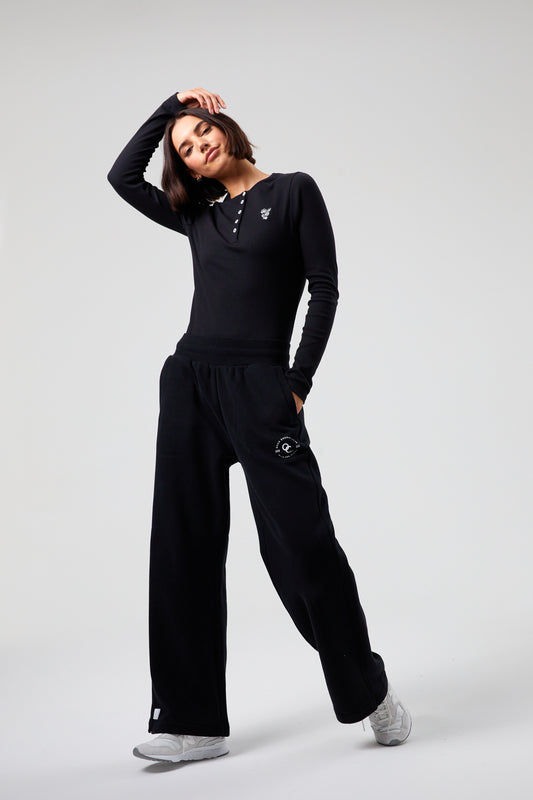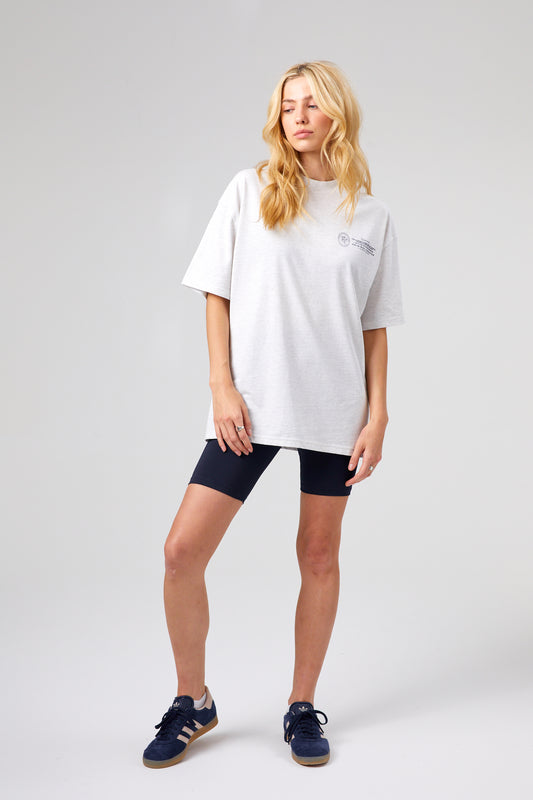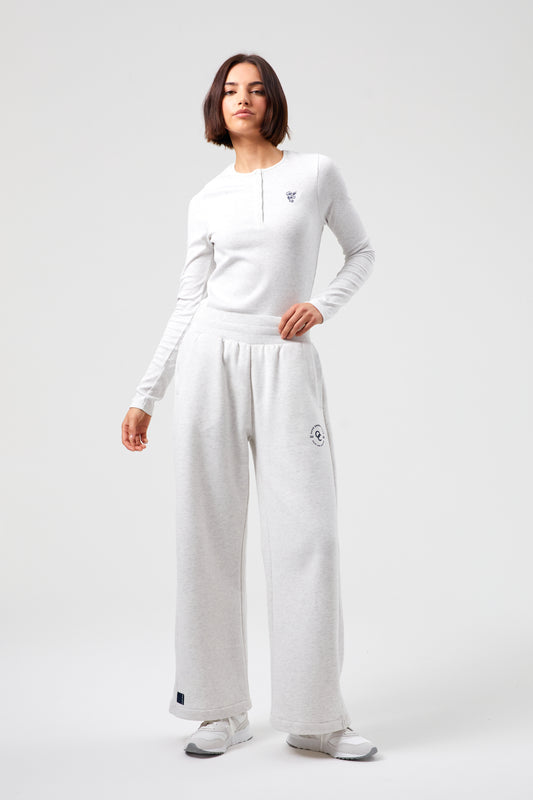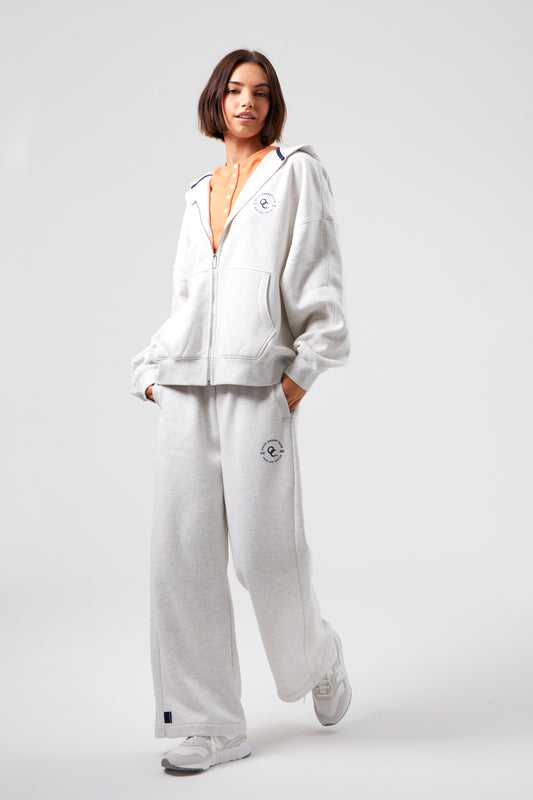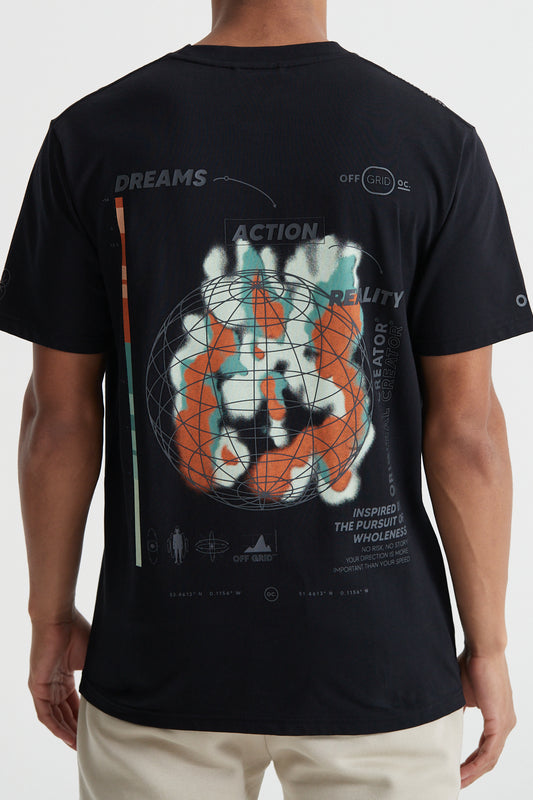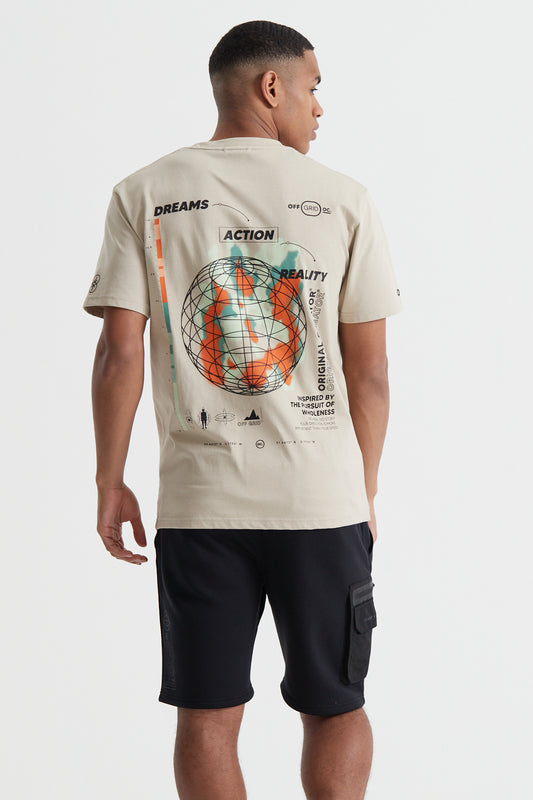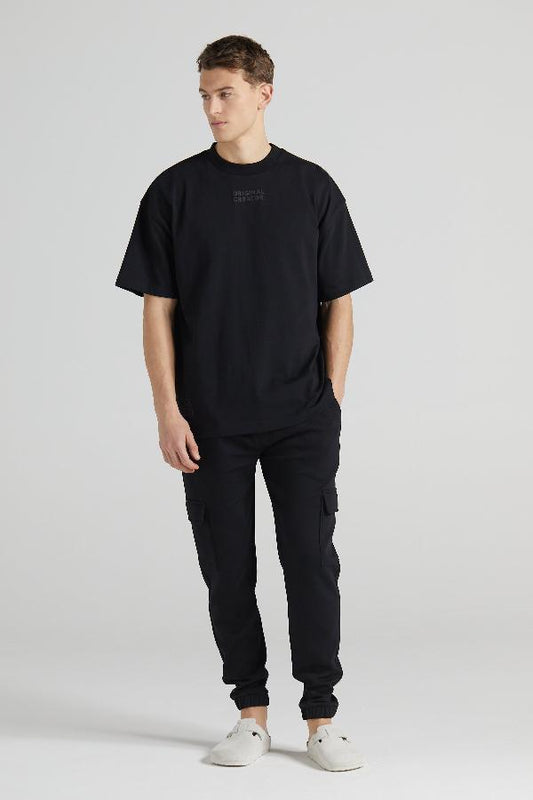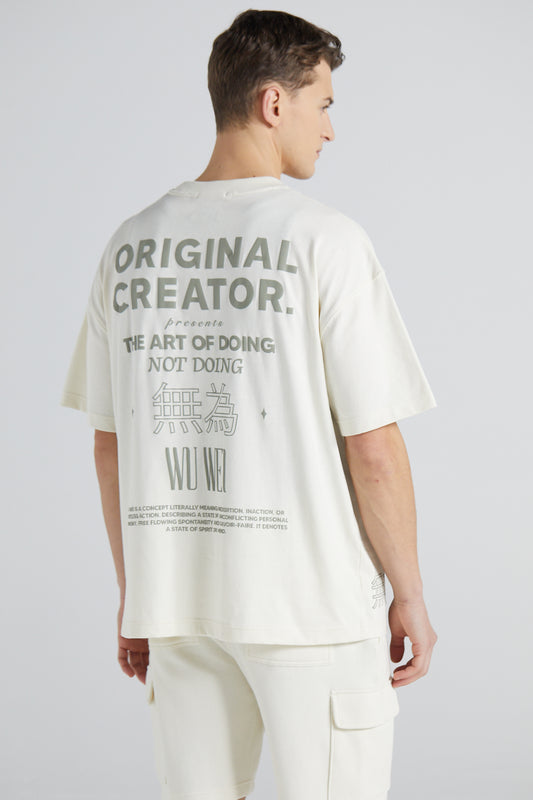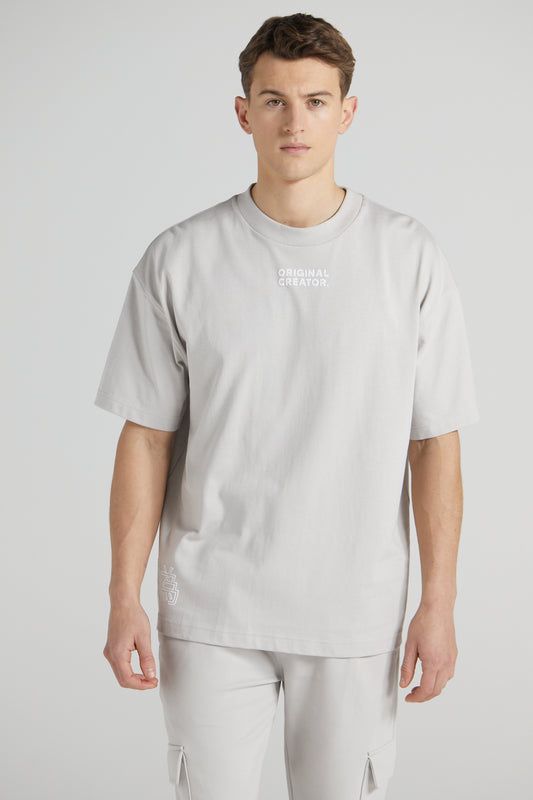The fashion industry has always been trending and fast-moving. But with time, this sector has been harming the environment on a large scale. Fashion industries have been causing water pollution, greenhouse emission and waste generation. To cope with this challenge, consumers as well as brands need to take sustainable initiatives. From sustainable material to other organic practices, fashion industries need to ensure eco-friendly manufacturing.
In this blog we will discuss some of the top five challenges faced by the fashion industry and sustainable solutions to deal with them. So, let’s get started.
What is Sustainability?
Sustainability is the process of building businesses without compromising with nature and promoting eco-friendly practices. This involves finding a balance between environmental protection, social responsibility, and economic growth to create a healthy planet.
Top 5 Challenges Faced by Fashion Industry
Behind the glamorous fashion industry, there has been an underlying dark secret. This industry has impacted the climate on a vast scale. From resource-intensive materials to huge piles of textile waste, the environment is damaging. Here are 5 key challenges faced by fashion industry in coping climate change:
1. Overconsumption
The fast moving trends of the fashion industry have caused havoc in nature. Huge fashion brands are manufacturing clothes at a high rate to meet the trend expectations of the consumer. They are promoting throwaway culture which forces the consumer to wear clothes only one time and discard them afterwards.
This causes huge piles of textiles to land in the landfills, which takes centuries to decompose releasing harmful chemicals into the soil. The relentless cycle of production, consumption, and disposal causes greenhouse gas emissions, polluting water bodies and disturbing natural resources.
To solve this issue, brands and consumers both need to take major initiatives. Brands should focus on slowing down their manufacturing process and create clothing which is long-lasting, durable and time-lasting. While, on the other hand consumers should focus on buying less but quality pieces that can be worn multiple times.
2. Usage of Toxic Textiles
Fashion industry relies on cheap and synthetic materials which are harmful in nature. Synthetic materials like polyester, nylon release harmful chemicals and microplastics in the oceans causing trouble to the native ocean species. While on the other hand cotton might seem to be a natural fabric but it has its hidden consequences.
Cotton is a water-intensive material and requires a large amount of water for its production. This leads to the water crisis in areas already facing drought. Dyeing and finishing of cotton causes stress on freshwater resources and pollutes the water.
Rayon or viscose is another material that is fooling people around. Rayon is a synthetic material that is manufactured from wood pulp. Production of rayon leads to deforestation and illegal cutting down of trees causing global warming.
To tackle this issue, industries need to opt for sustainable and organic materials instead of synthetic materials. This will help in reducing carbon footprint and promoting eco-friendly manufacturing.
3. Unsold Inventory
The fashion industry is shady and dark. The high unsold inventory harms the environment in various ways. The whole process including manufacturing, transportation to storage, each process harms Mother Earth. The unsold clothing items often land up in landfills causing huge piles of waste. These piles don't degrade and release harmful chemicals in the soil. This causes soil pollution making it unsuitable for use.
To address this issue, fashion industries should imply practices like upcycling, recycling and usage of sustainable materials. This will save space and clothes won’t end in landfills. Another important advantage of recycling clothes is that it saves energy leading to the conservation of natural resources.
4. Lack of Transparency
Fashion brands have always been unethical about their practices. Their lack of transparency towards manufacturing and unethical practices like poor wages, health hazardous working conditions have always caused trouble to the poor people. But with time, consumers are getting aware, hence brands need to take transparent initiatives.
Brands need to maintain their authenticity and authority by promoting transparency about their manufacturing, fair wages and safe working conditions for their workers. This helps in building trust and promoting eco-friendly fashion choices.
5. High Transportation
High transportation by the clothing industry impacts the environment on a large scale. It not only damages nature but also causes pollution in various ways. Fashion brands often use planes, ships or trucks to transport clothes from one continent to another. This causes high consumption of fossil fuels releasing carbon dioxide into the air, which ultimately causes greenhouse emission.
Aeroplanes carrying clothes release harmful gases like nitrogen oxides and sulphur dioxide into the air causing acid rain and respiratory problems. High consumption of energy causes depletion of fossil fuels. These issues overall impact nature in a harmful way.
To address this issue, brands can take certain measures. They can support local vendors and outsource their material from local shops to cut their transportation costs. This will not help brands but local suppliers as well.
6 Sustainable Solutions To Tackle Climate Change
Mother Nature is suffering due to the poor fashion industry. Therefore, to prevent harmful effects and to promote eco-friendly fashion, here are six sustainable solutions to tackle climate change.
Embrace Sustainable Materials: Shifting from conventional cotton and polyester to eco-friendly options like organic cotton, hemp, Tencel (made from wood pulp), or recycled materials like polyester made from plastic bottles. These materials use less water and pesticides in production and give clothing a second life.
Buy Less & Promote Circularity: Move away from fast fashion's endless cycle of new trends. This means brands can produce smaller collections, focus on timeless styles, and explore circularity initiatives. Circularity involves designing clothes for disassembly and reuse, or take-back programs where old clothes are collected and transformed into new ones.
Prioritise Local Production: The long distances clothes travel for production contribute heavily to emissions. Sourcing materials and manufacturing closer to where clothes are sold reduces transportation's environmental impact. This helps in supporting local vendors and building an eco-friendly fashion.
Invest in Renewable Energy: Opt for modernized manufacturing processes with energy-efficient machinery. Use renewable energy sources like solar or wind power to significantly reduce the carbon footprint.
Promote Transparency: Brands can be transparent about their production processes and materials used. This empowers consumers to make informed choices and support sustainable brands. Additionally, raising awareness through educational campaigns about the environmental impact of fashion choices can encourage practices like buying less and quality pieces.
Support Sustainable Brands: Every conscious choice makes a difference. Therefore, be a conscious consumer and take necessary actions by choosing sustainable brands. A sustainable brand is a brand that promotes ethical and fair practices. It uses organic material and is completely transparents about its supply chain. By opting for sustainable brands, consumers can make an effort towards saving the environment. There are many sustainable brands in the market. One such brand is Original Creator.
Original Creator is an authentic, sustainable, and GRS ( Global Recycle Standard) brand. It promotes fair labour practices, safe working conditions and transparency about supply chain. Not only this but the Original Creator uses sustainable clothing materials like cotton which is outsourced by using BCI ( Better Cotton Initiatives).
From plant-based water finish Teflon ecolite to oxo bio plastic bags for packaging, each step of production is eco-friendly and focuses on reducing carbon footprint. They not only bring style but make conscious efforts to protect the environment as well. It is a UK-based brand that offers aesthetic and eco-friendly clothing pieces. Whether you want to shop men's clothing online or women’s, they have everything covered!


